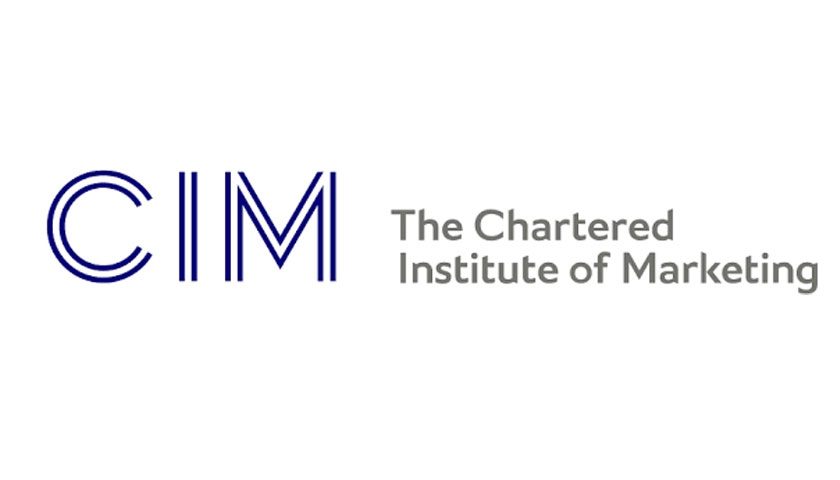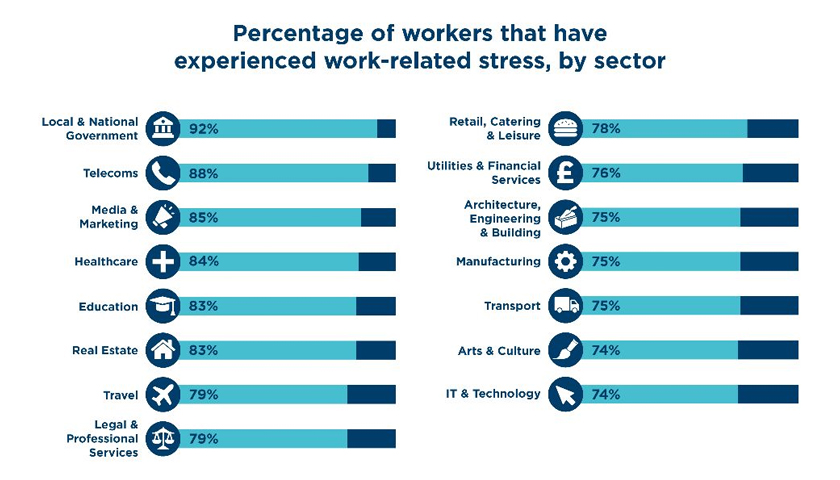We are pleased to present this article on “How to Market Your Brand Ethically From a Graphic Designers View” by One Line – Ethical Graphic Design:
When I first thought about writing this article, I thought the answer was very simple. Be honest. Doesn’t make for a great article but if you’ve only got 30 seconds to spare then, spoiler alert, that is still my conclusion.
Running a business I don’t have a huge amount of spare time on my hands but when I do, the area of ethics in branding and marketing is one of my key interests. For the purposes of this article and to share some tips on how to be ethical when marketing your brand I have used the the fantastic Ethics a Graphic Designers field guide, the arguments presented at Newcastle Business School’s first debate on ‘Should marketing be concerned with ethics?’, for which I was a panel member and a number of cited texts across the web.
- Choices or Propaganda
- Whose responsibility is it anyway?
- The 3 ethical lenses & top tips on ethical brand marketing.

Img Source: Bologna Charlatan, Wiki labelled for re-use
1. Choices or Propaganda
Media communications (branding, marketing, advertising etc.) may, by its very nature, be considered unethical. Some would say it is propaganda designed to persuade an audience to act in a certain way. And, if you consider being persuaded to do something rather than choosing to do it a moral infringement, then you’d have a strong case to write us all off as charlatans.
On the other hand, branding is often defined as the element of choice. How a campaign, product or service is branded is what differentiates it from the next and is the visual stimulus the audience uses to make a choice / make their own mind up.
If ethics is the standardisation of principles how can we possibly define a set of ethical standards for the communications industry when as the above suggests the ethics perception is largely based on individual preference?

2. Who’s responsibility is it anyway?
Media has been used to inform and inspire (in other words, to persuade) since the Middle Ages when campaigns like the Ars Moriendi were used to urge those dying from the plague to leave their money to the church. At the Newcastle Business School debate I was interested to learn that the next generation of marketers consider ethical implications a key responsibility of a marketing or branding team.
This came as quite a shock to many on the panel. Traditionally marketing and branding agencies are there to do a job; it is the client who determines the end goal (be that an ethical one or not.)
Can the industry really sustain itself if it chooses to only create work for businesses with ethical goals? Ask me in 10 years’ time if One Line is still going as strong as it is today!

3. The 3 Ethical Lenses.
When considering how to market your brand ethically, there are 3 lenses as defined by Eileen MacAvery Kane which provide a practical platform.
A. Legalities:
Is your marketing legal?
There several legal aspects to take into consideration here, copyright law, fair use, font licensing, piracy, plagiarism, design rights, moral rights and image usage rights amongst them. With modern challenges on copyright laws such as the Creative Commons licencing the area is becoming increasingly complex.
For the purposes of our top tips we’ve tried to keep it simple. The aspects you’re likely to to need consider most are:
- Make sure you own copyright (©) or a licence on the content you are putting out there and if you don’t, have you cited or credited its source?
- Know your trademark. If you have a brand it’s likely you have a logo. Make sure you know exactly what kind of licence or authorship rights you need on your logo in order to use it in your communications. We highly recommend Phillip Hannay at Cloch Solicitors if you’re unsure about how to licence your brand.

B. Morality:
Morality, as defined in the Oxford dictionary, is: the extent to which an action is right or wrong.
The fact that the morals of graphic design and marketing are even called in to question is a bold statement in itself. Certainly it gives credit to the arguments that design is a powerful tool. I’ve lost count of the number of times I’ve heard designers say, “it’s not what I want to be doing.” I’m sure that this is because they want to use their superpower creative skill for the actions that are generally considered ‘right’. However therein lies the debate — who are we to decide what’s right or wrong?
“Some graphic designers believe ethics for graphic designers should be based on the idea of servant-hood and that helping other people is a good thing to do. Others believe that visual rhetoric is a graphic designer’s job. Like an attorney, it’s graphic designers’ responsibility to represent each client without being influenced by their own personal beliefs. They think that asking graphic designers not to persuade is like asking fishermen not to fish—it’s what they are trained to do.” — Eileen MacAvery Kane
How can you define if your branding and marketing efforts are ethical on a moral level?
- Establish your morals. Having a clear set of brand morals will give you a point of reference on which to hang your communications. These may be your brand values or your ethical policy. If you communicate in line with these values then it is clear to your audience what you consider as morally ethical for your industry.
- Consider the obvious. There are certain products, services and actions that would generally be considered immoral by any layman. These may include those that are harmful or criminal. Endorsing or supporting these types of things in your communications could be considered immoral.
- Can you be objective? As we’ve said marketing and branding communication is concerned with persuasion and choice. Often what you’re doing is trying to swing the vote your way. If you can ensure that your communications show a degree of objectivity, then perhaps in theory you’re taking steps to be morally balanced?

Img source: Ethics Field Guide, early photo manipulations 1800s
C. Integrity:
“The quality of being honest and having strong moral principles.” Oxford Dictionary
Remember that opening spoiler alert? Being honest is, in my opinion, the guiding principle in modern day ethical marketing and branding. Consumers are increasingly demanding the truth about products and services and rightly so. An ethical product should have nothing to be ashamed of and therefore marketing it honestly and with integrity may be the easiest aspect of your marketing strategy.
‘May be the easiest’ – One area we find very interesting is the use of photo manipulations and how ‘honest’ this can be. It’s been suggested that every photo which is altered in any way should communicate to the viewer changes have been made. Not a bad idea, but considering that any photograph used in branding and marketing will have had even the minor adjustments of contrast made it would mean pretty much any image showing a manipulation symbol. Perhaps we could have categories similar to movie ratings? There’s one for the licencing powers that be to debate for the next five years whilst teenage continue girls stress about how to get a Photoshop waistline! (If anyone’s asking we could probably figure out a categorisation strategy and icons for it in a week and potentially reduce the impact of photo-shopping on said teenage girls! Just give us the green light and we’ll get right on that to make the world a little bit better.)
Our top tips for marketing with integrity would be:
- Tell it like it is: what is your product, why is it great and how is it made.
- Always be clear on what is fact and what’s opinion.
- Consider the impact on your audience. Particularly when it comes to photography. Does your image make your audience believe they are getting something they’re not?
Conclusion
Ethics in marketing is an on-going debate that we don’t except to be fully resolved soon, but as marketers, we believe that working together towards a better standard of integrity is key. At the core of this taking the time to understand exactly what ethical means to you, and at the same time, what it might mean to your audience – if you can meet both sets of values you’re more than halfway there.
From Photoshopped bodies to ‘enhanced in post-production’ print advertising for beauty products, we’re constantly sold ideals and quick fixes, and as audiences become more conscious about exactly what they’re buying in to, establishing your brand as ethical can have a huge positive impact on customer perception.
We’re here to help. At One Line Studio, we work with clients to establish value-based brand strategies, going beyond products and services (that said, full disclaimer here, they’re a vital part of your marketing mix with us) to also look at wider opportunities to connect with audiences and create appeal in a way that engages, excites and works for both parties. We believe that the future of any business depends on happy customers, and we work with very happy brands to help them grow and develop through effective marketing. To find out more about how we could help you, email us at design@onelinestudio.co.uk for a consultation.
Resources:
http://www.ethicsingraphicdesign.org/wp-content/uploads/2011/10/Ethics_Graphic_Designers_Field_Guide.pdf
http://www.business2community.com/content-marketing/content-marketing-ethical-01549600#4T1DWhPq6fYyYhg8.97
With thanks to Natalie at Ococo Media for sprucing up our editorial.
This article was written by, and is (c) Helen Barlow of One Line – Ethical Graphic Design. All opinions, recommendations and views expressed in this article are solely those of One Line – Ethical Graphic Design. This article originally appeared on their site:




